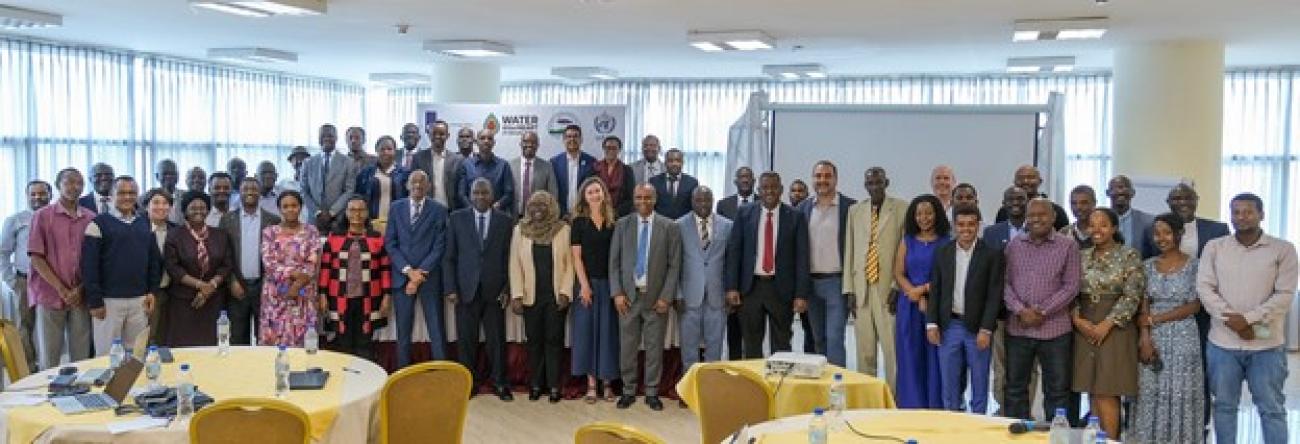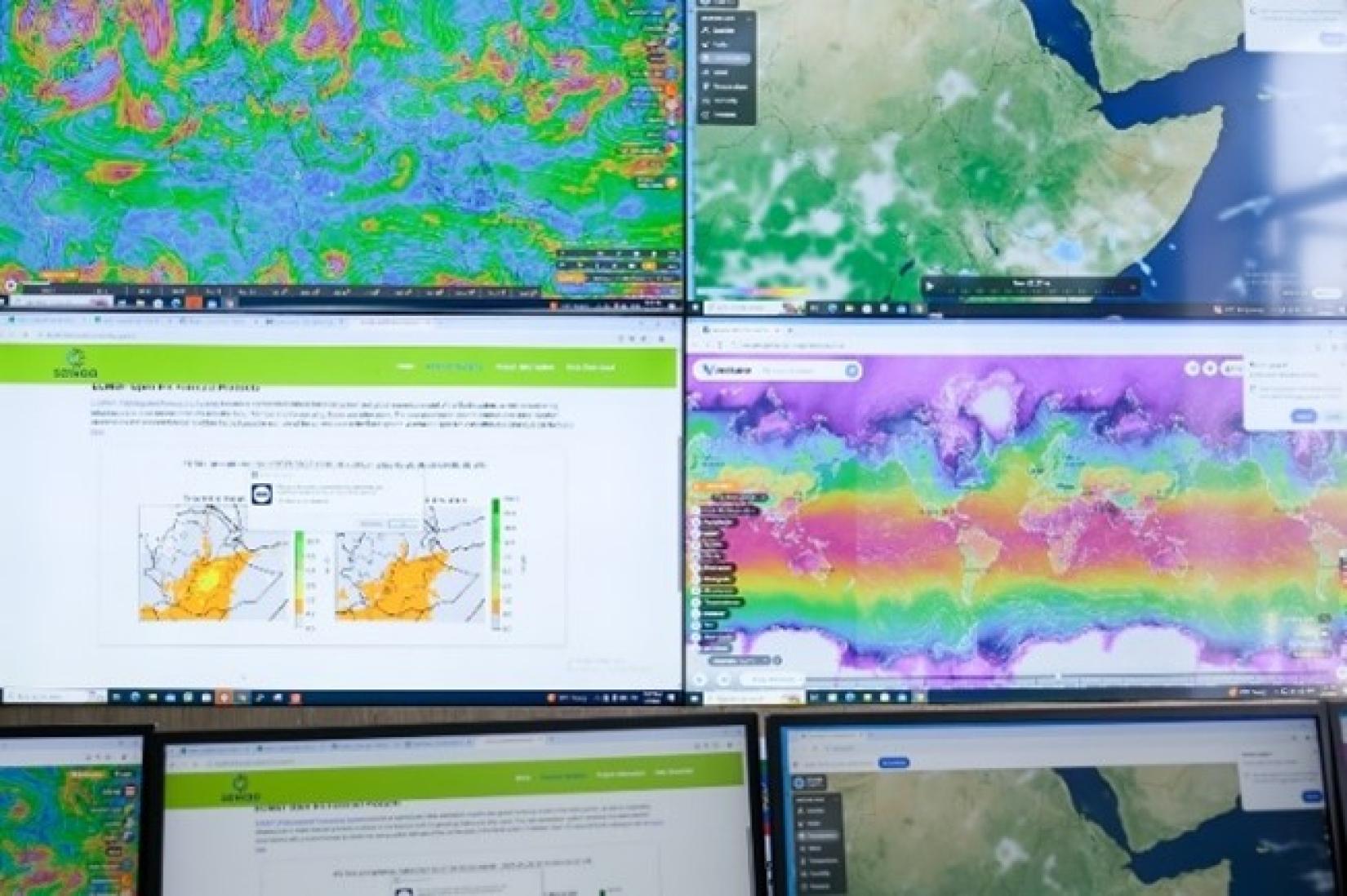Building resilience through hydrological early warnings: Ethiopia and WMO advance climate action

World Meteorological Organization is supporting Ethiopia's path to climate resilience through early warning systems.
Ethiopia is increasingly vulnerable to the growing threat of climate extremes. From devastating floods to prolonged droughts, these events are straining water resources, disrupting communities, and threatening key sectors like agriculture, energy, and infrastructure. In response, the Ethiopian Meteorological Institute (EMI), with the support of the World Meteorological Organization (WMO), is taking strategic steps to strengthen hydrological early warning systems as part of a broader push for climate resilience.
Under the umbrella of the Water at the Heart of Climate Action (WHCA) project, implemented across five Nile Basin countries and aligned with the Early Warnings for All global initiative, WMO is working closely with Ethiopia to improve the tools, systems, and technical capabilities required for timely, accurate, and actionable flood and drought forecasts.
In April 2025, a series of technical workshops held in Addis Ababa marked a significant leap forward. These workshops, organized by EMI and WMO, brought together national experts, regional partners, and global stakeholders to co-design systems that reflect both local priorities and global best practices.
The first workshop focused on the development of a regional interoperable visualization platform. This tool is intended to connect existing databases and forecasting products across different institutions and levels of governance. By creating a common digital space for hydrological and meteorological information, the platform will enable real-time data exchange, harmonized analysis, and a streamlined delivery of early warnings to decision-makers and communities alike.
The second workshop turned to the core of hydrological preparedness: monitoring. Participants assessed the current status of Ethiopia’s hydrological observation network, identifying gaps in station coverage, data transmission, and system maintenance. With WHCA support, Ethiopia is now developing a more robust and sustainable monitoring system, introducing cost-effective solutions and focusing on capacity-building to ensure that high-quality data can feed directly into forecasting and risk analysis.
The third workshop focused on the implementation of the Hydrological Status and Outlook System (HydroSOS). This WMO-led initiative equips national institutions with the ability to produce real-time and seasonal outlooks for water availability, including streamflow and groundwater status. For Ethiopia, HydroSOS will become a key component in water resource planning and early warning, offering science-based forecasts to guide timely action at national and local levels.
While the WHCA project has played a central role in advancing hydrological systems, WMO’s broader support to EMI is also bearing fruit in the digital domain. A newly modernized EMI website—developed with support from WMO—now provides improved public access to real-time alerts and climate visualizations. Built using open-source tools, the platform enhances the Institute’s ability to deliver early warning information in a clear and accessible format, bridging the gap between technical data and community-level action.

Together, these developments reflect a growing momentum in Ethiopia’s efforts to build resilience to climate shocks. By strengthening monitoring networks, advancing data integration, and enabling tailored forecasting tools like HydroSOS, WMO and EMI are helping to build a future where early warnings can save lives, protect development gains, and empower communities.
As climate risks continue to intensify, this collaboration offers a compelling model for how targeted support, regional coordination, and national leadership can come together to make early warning systems more effective, inclusive, and impactful.




